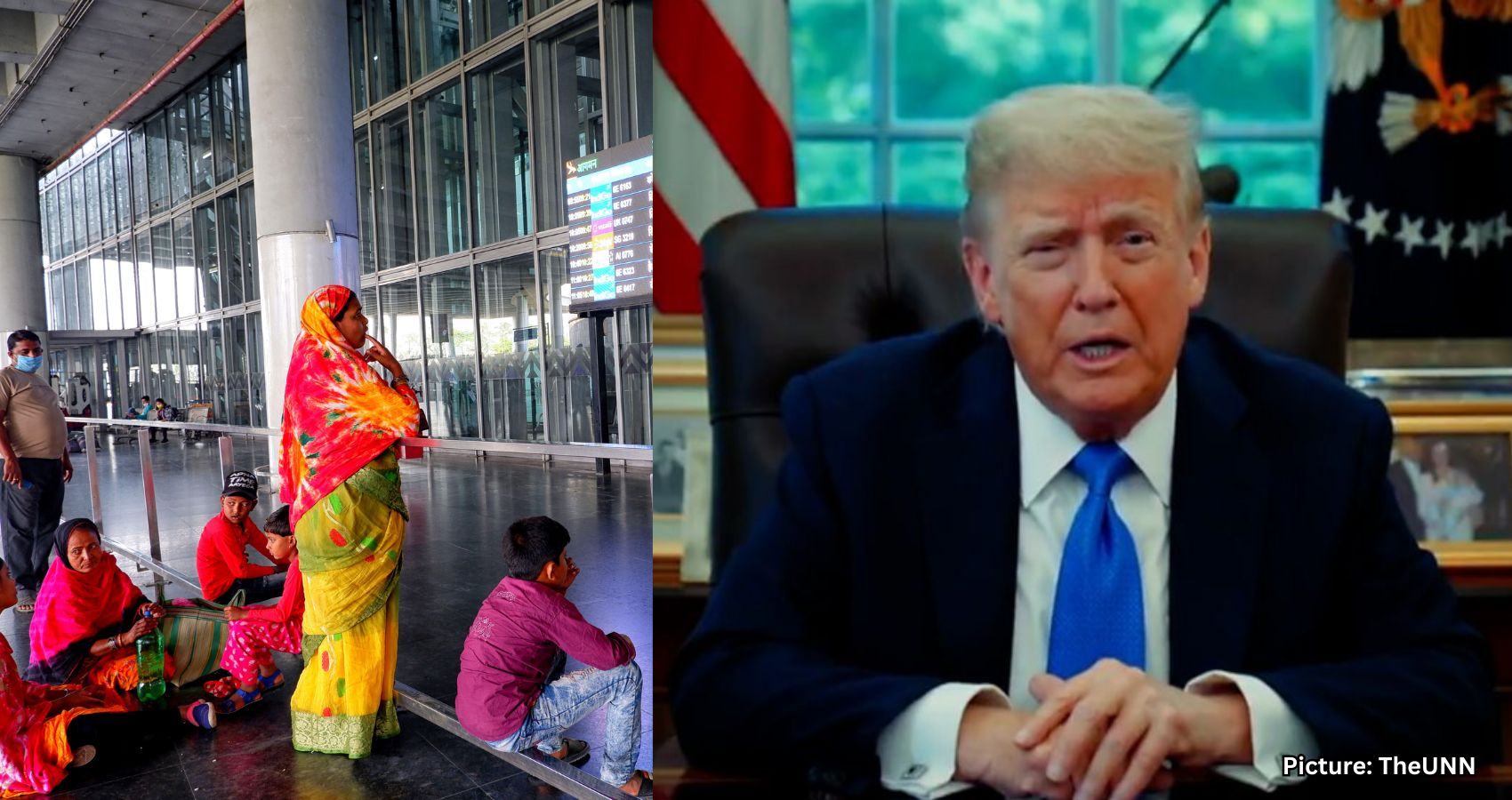A new report highlights the significant economic and humanitarian impacts of the Trump administration’s expanded travel ban, which affects immigration from 19 countries.
WASHINGTON, DC, August 6 — A recent report from the American Immigration Council outlines the extensive economic and humanitarian consequences of the Trump administration’s travel ban, enacted in June 2025. This ban restricts immigration from 19 countries and poses a risk of losing $715 million in taxes and $2.5 billion in spending power.
In 2022, nearly 300,000 individuals from the affected countries entered the United States, contributing to critical sectors of the economy and generating substantial tax revenue. “Those affected by this travel ban are students, workers, and family members who pay taxes, support local economies, and fill jobs in industries facing massive shortages. We’re throwing all of that away, to the detriment of our communities and the U.S. economy,” said Nan Wu, research director of the American Immigration Council.
According to 2023 data, of the 300,000 individuals impacted by the travel ban, 82 percent were employed, particularly in industries already grappling with labor shortages, such as hospitality, construction, and manufacturing. The manufacturing sector alone is projected to face a shortage of 1.9 million workers by 2033.
“The United States absolutely needs strong screening procedures to protect national security, but this travel ban isn’t how you do that,” stated Jeremy Robbins, executive director of the American Immigration Council. “The Trump administration is trying to sell this policy as a security measure, but when you dig into the justifications, they don’t add up. Many of the targeted countries had fewer than 500 visa overstays last year. This isn’t about keeping America safe; it’s about keeping certain people out.”
While the 2017 travel ban sparked immediate and widespread public protests, the report notes that the 2025 version has encountered a more subdued response. This muted reaction is largely attributed to the ban’s gradual implementation and the introduction of expanded exemptions. However, the report emphasizes that the resulting damage remains severe.
“This quieter version of the ban is deeply harmful,” Robbins added. “It separates families, blocks international talent, and hurts communities across the country. The absence of airport protests doesn’t mean the harm isn’t real; it’s just happening more quietly and more bureaucratically.”
There are indications that the administration may consider adding an additional 36 countries to the travel ban. Should this occur, tens of thousands more individuals from those nations could be barred from entering the United States, exacerbating the economic, social, and diplomatic repercussions.
The countries currently affected by the travel ban include:
All travel banned:
Afghanistan, Burma, Chad, Republic of Congo, Equatorial Guinea, Eritrea, Haiti, Iran, Libya, Somalia, Sudan, and Yemen.
Visas sharply restricted:
Venezuela, Burundi, Cuba, Laos, Sierra Leone, Togo, and Turkmenistan.
This report underscores the far-reaching implications of the travel ban, not only for those directly affected but also for the broader U.S. economy and society.
Source: Original article

